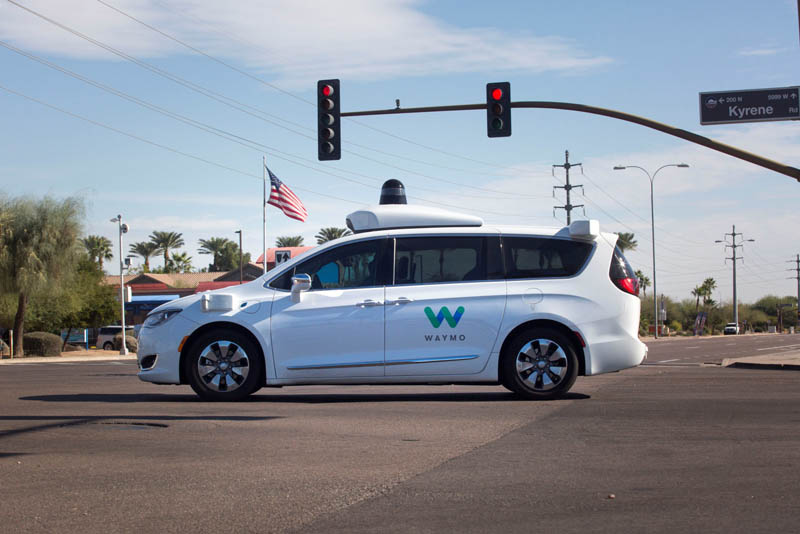Waymo, the self-driving car company spun out of Google’s lab, recently dropped some impressive safety statistics that suggest its autonomous vehicles (AVs) may already drive more safely than Grandma on a Sunday.
According to Waymo’s internal data based on over 7 million miles of driverless testing, its robo-taxis experience 85% fewer crashes involving injuries compared to accident-prone humans. These steel-nerved machines also get into 57% fewer fender benders overall based on metrics from Phoenix and San Fran.
Now hold your horses before turning in your driver’s license for a robots-only permit. Some safety experts question whether Waymo’s stats fully reflect the chaos of real world driving with kids fighting in the backseat and your phone blowing up with text messages. However, the 10x safety improvement suggests AVs could steer us to a brighter crash-less future.
What Makes Waymo’s Self-Driving Minivans More Virtuous than Human Motorists?
For starters, unlike your friend who claims they “drive better buzzed,” autonomous cars remain stone cold sober with their sensors on high alert. These robotic Miss Daisys obey all traffic laws instead of concocting lame excuses when they get pulled over for speeding.
In addition, AVs have lightning quick reaction times allowing them to hit the brakes faster than your uncle who keeps forgetting to get his “myopic mole” checked out, with 360-degree vision and no blind spots, Waymo’s vehicles laugh in the face of those pesky “Objects in mirror may be closer” warnings.
While the stats, fully unleashing these Google-powered people movers requires surmounting technical and regulatory hurdles.
Hardware and software limitations still impact performance in crappy weather. Plus, we need smart infrastructure that “talks” to autonomous cars. However, with enough road miles, AI trial-and-error, and technological progress, we may look back one day amazed that we let error-prone humans command 2-ton metal boxes at high speeds.
So buckle up for the self-driving future – it should prove one wild (and safe) ride!
